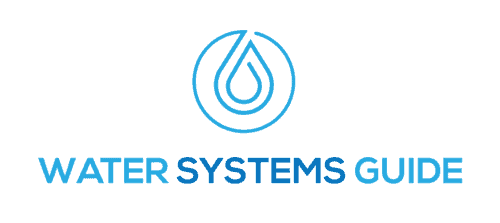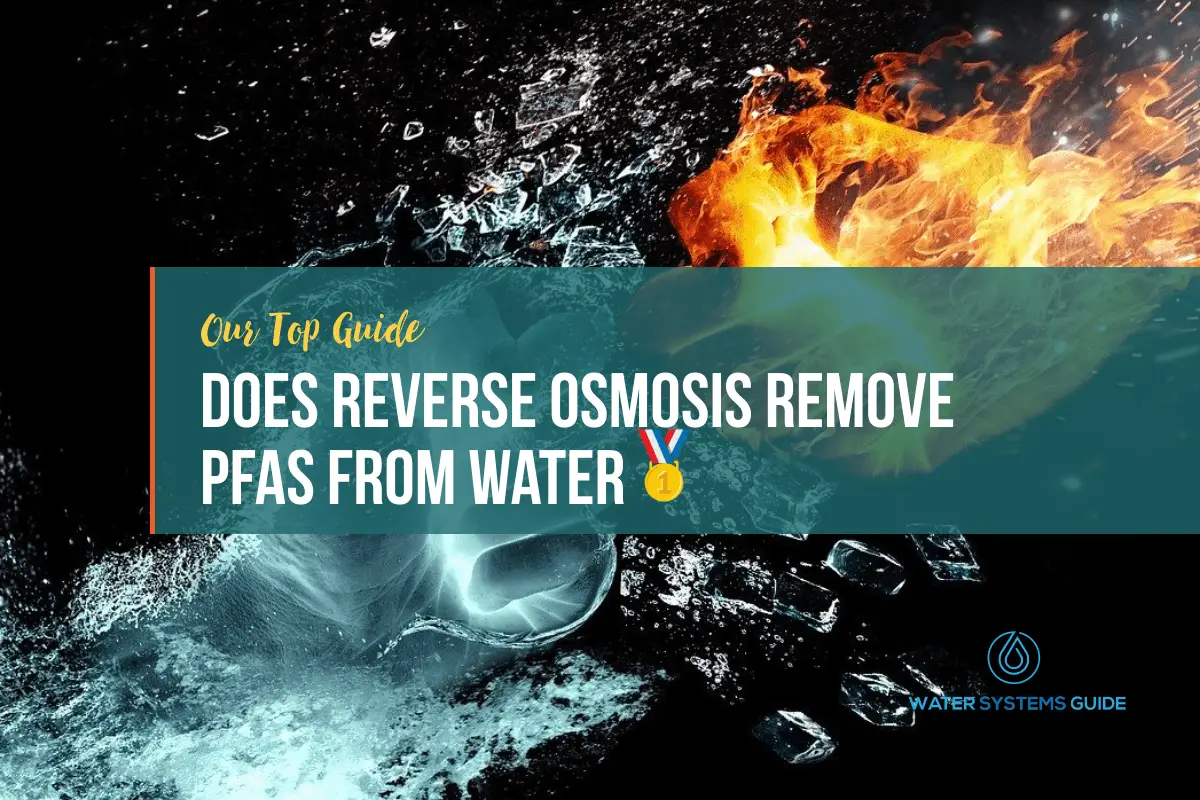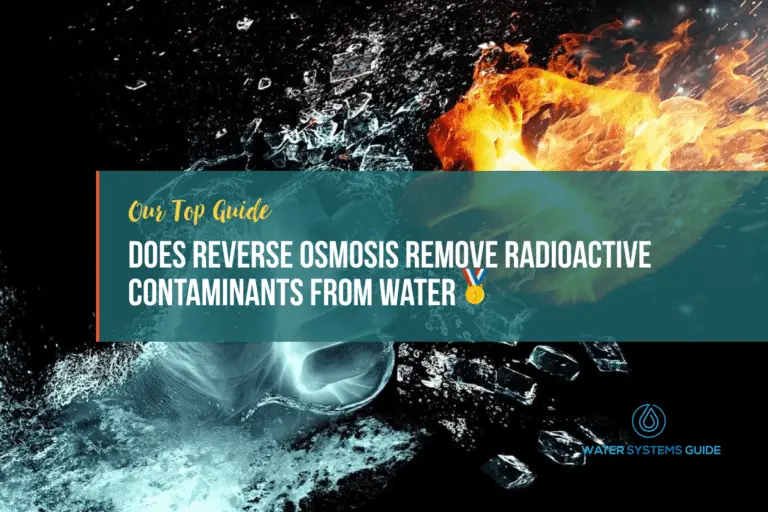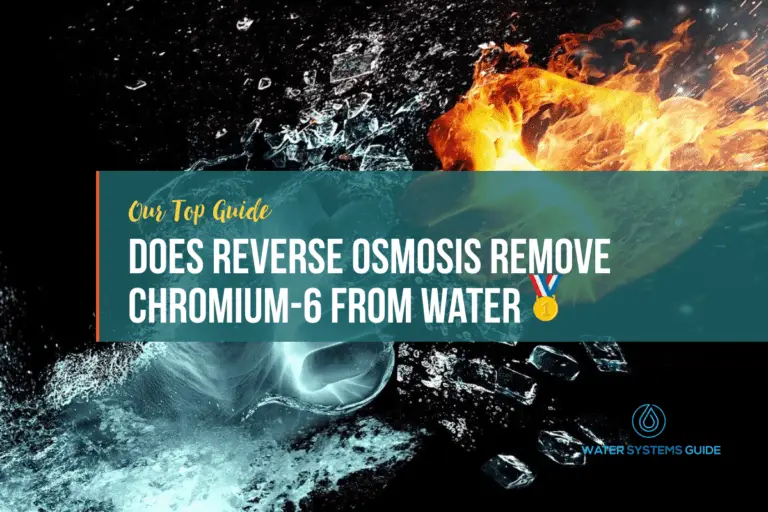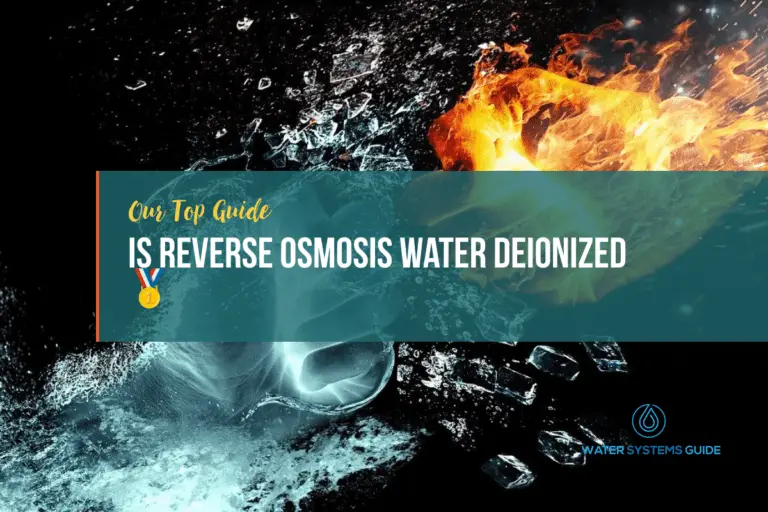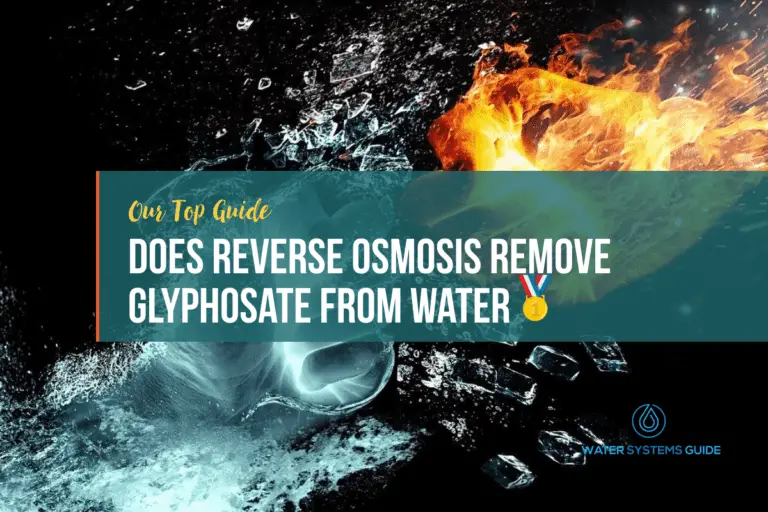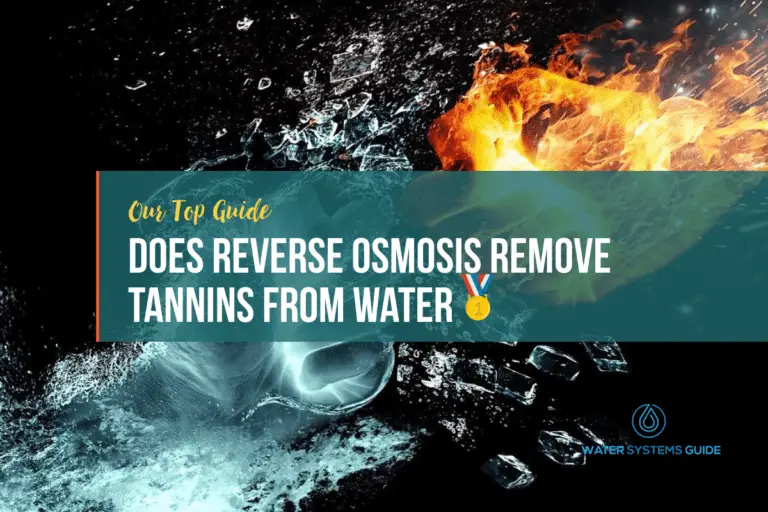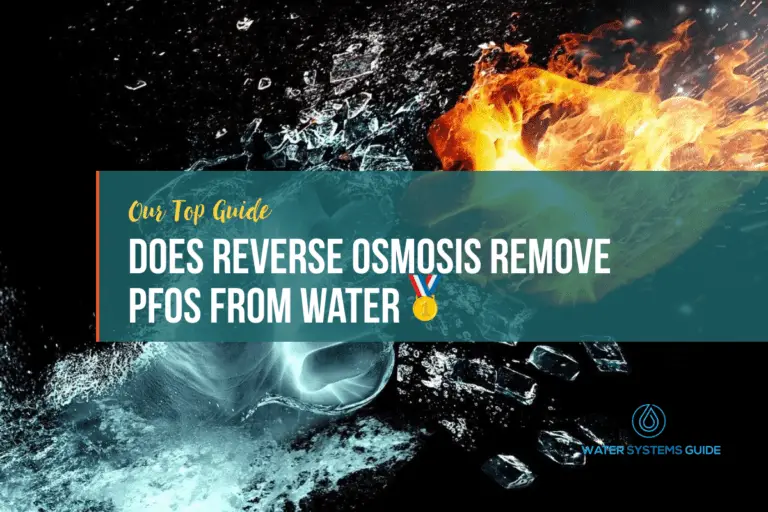Does Reverse Osmosis Remove PFAS From Drinking Water
How Does Reverse Osmosis Work?
What is PFAS and where is it used?
PFAS is a class of chemicals that includes perfluorooctane sulfonate (PFOS) and perfluorooctanoic acid (PFOA).
PFAS are man-made chemicals that have been used in a variety of industries since the 1940s. They are found in a wide range of consumer products, including nonstick cookware, water-repellent clothing, stain-resistant fabrics and carpets, some food packaging, and firefighting foams.
PFAS can enter the environment through multiple pathways, including emissions from factories that use PFAS, leaching from PFAS-containing products, and disposal of PFAS-containing waste in landfills.
How Does PFAS Enter Our Municipal Water Supplies?
PFAS can enter our municipal water supplies in a number of ways. They can be released into the environment from manufacturing facilities that use them, or from sites where they have been used in the past and have contaminated the soil and groundwater. They can also enter the water supply through wastewater treatment plants, where they are not completely removed during the treatment process. Once in the water supply, PFAS can travel long distances and contaminate drinking water wells.
PFAS’ Impact on Human Health
There is a growing body of evidence linking exposure to PFAS (per- and polyfluoroalkyl substances) to a range of health problems in humans. These effects include cancer, immune system damage, endocrine disruption, and reproductive and developmental toxicity. PFAS are found in a wide variety of consumer products, including food packaging, cleaning products, and flame-retardant materials. They can also enter the environment through industrial discharges. Once in the environment, PFAS can persist for many years and accumulate in the food chain, eventually reaching human beings through food or drinking water. Exposure to PFAS has been linked to a number of serious health problems in humans, and the evidence is growing stronger with each new study.
Does Reverse Osmosis Remove PFAS?
Reverse osmosis is a filtration process that is often used to remove impurities from water.
While reverse osmosis can remove many different types of contaminants, it can also be effective at removing PFAS from water.
What Does Reverse Osmosis Remove?
A reverse osmosis filter system also removes other contaminants from water, including fluoride, chloride, calcium, arsenic, chloramine, heavy metals, pesticides, and pharmaceuticals.
Unfortunately, RO does remove healthy minerals in water, such as magnesium, sodium, potassium and calcium
While most municipal water supplies in the United States are required to meet strict safety standards set by the Environmental Protection Agency (EPA), trace amounts of these and other contaminants can still end up in tap water. That’s why many people use reverse osmosis filtration systems to further purify their drinking water.
How Can Your Remove PFAS From Water?
There are a few ways that you can go about removing PFAS and other harmful contaminants from your water supply. One way is to use a water filter.
According to the Environment Protection Agency, the most effective ways include using granular activated carbon, ion exchange resins, and high-pressure membrane systems.
When it comes to using a high-pressure membrane, this can be through RO or nanofiltration, we’ve included some specific information from the EPA regarding this:
“High-pressure membranes, such as nanofiltration or reverse osmosis, have been extremely effective at removing PFAS (PFOA & PFOS). Reverse osmosis membranes are tighter than nanofiltration membranes. This technology depends on membrane permeability. A standard difference between the two is that a nanofiltration membrane will reject hardness to a high degree, but pass sodium chloride; whereas reverse osmosis membrane will reject all salts to a high degree. This also allows nanofiltration to remove particles while retaining minerals that reverse osmosis would likely remove.”
Whatever method you choose, if you’re purchasing a product/system, it’s important to confirm with the manufacturer that it does indeed filter out PFAS.
How Do I Know If My Water Is Contaminated With PFAS?
There are a few ways to test for the presence of PFAS in your water. The most common method is to have your water tested by a certified lab.
You can also look for signs of PFAS contamination, such as an unusual taste or odor in your water, or staining on your plumbing fixtures.
If you suspect that your water may be contaminated with PFAS, contact your local water utility or health department for more information.
Conclusion
In conclusion, does reverse osmosis remove PFAS compounds? Yes, it does, alongside a few of the other methods described above.
Therefore, if you’ve tested your water supply and know that there is PFAS present, it’s recommended to use one of the following solutions, which include granular activated carbon, ion exchange resins, and high-pressure membrane systems (nanofiltration or RO). All of which are designed specifically to remove PFAS from drinking water.
